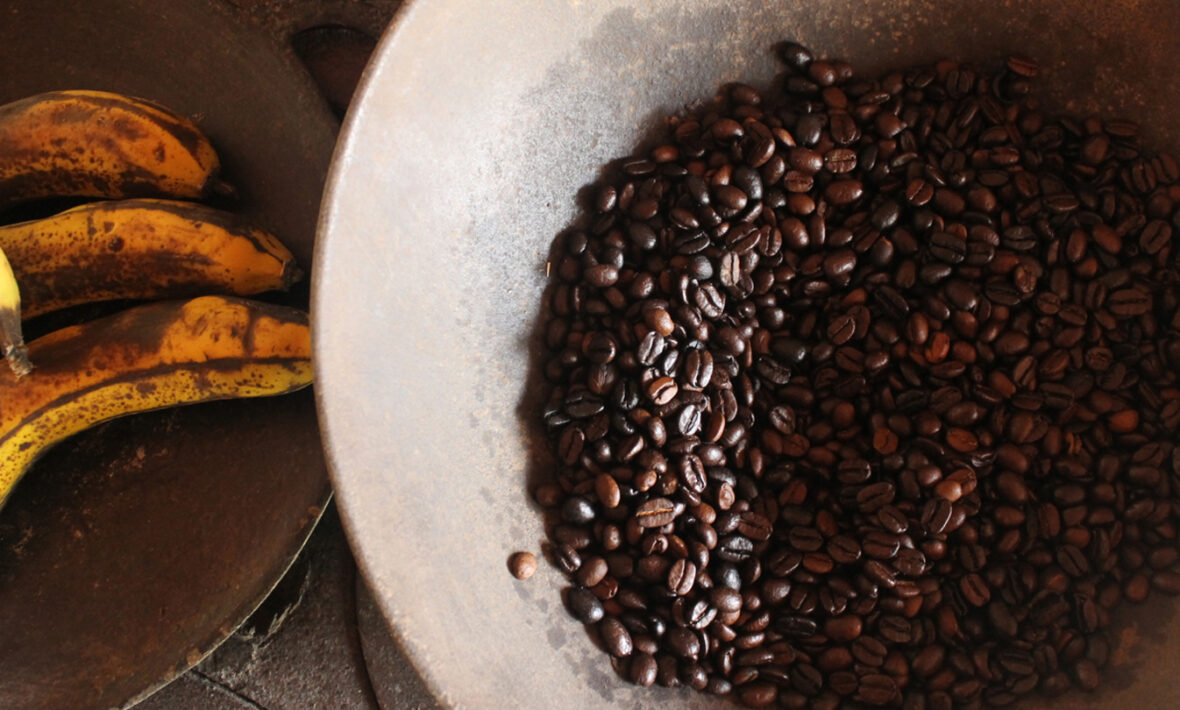
You can never know too much about the most important meal of the day – COFFEE. When it comes to everyone’s favorite hug in a mug, Costa Ricans definitely know a thing or two about their bean juice. Prepare to be schooled on Costa Rican coffee 101…
Coffee has played an important role in Costa Rica since the 1700s.
The first coffee Arabica crops were brought to this beautiful little country in 1779 by way of Ethiopia.The government soon realized the potential of this crop and in the 1900s offered free land to anyone who showed an interest in coffee farming. By 1829, coffee became one of the most important sources of revenue for Costa Rica and boasted export revenue that surpassed that of sugar, cacao, and tobacco.

The soil and climate in Costa Rica is ideal for growing Coffee which is why it’s so delicious.
Coffee was first grown in the Central Valley of Costa Rica where the climate is cool, the soil is fertile, and the altitude is high, all factors that help to create a killer crop.

A classic cup of Costa Rican Coffee is mild and softly acidic and if prepared in the traditional manner is called “aguas de medias” which literally translates to “sock water”…
Costa Ricans take their coffee very seriously and have a traditional way to brew it using a “chorreador” or “coffee sock” – a simple filter that looks like, you guessed it, a sock.This sock-like filter is suspended on a wire frame and then filled with hot, but never boiling, water and basically functions like a drip coffee filter.The taste of this traditional coffee preparation is strong but never pungent and has been described as having more of a Costa Rican coffee flavor. Milk is normally added after the coffee is brewed. You can pick up a filter and frame from a Costa Rican souvenir shop for under $10 and brew your own sock-it-to-me aguas de medias at home.

Coffee production in Costa Rica is so important that laws have been passed to ensure its species and quality.
In 1989, the production of Robusta Coffee was prohibited due to its subpar quality. Coffee farmers have also stopped producing Catimores coffee due to poor quality issues. In fact, Costa Rica is the only country where executive decree only allows the Arabica species to be grown. The Arabica species actually contains the least amount of caffeine but the most desirable flavors. There are two varieties of Arabica: Bourbon and Typical, and 8 sub-varieties known as cultivars. All of this has resulted in Costa Rica winning numerous international contests and certifications.

In 2012, a Costa Rican coffee became the most expensive coffee sold in US Starbucks stores. Customers happily payed $7 a cup and $40 a bag. Stores sold out in less than a day.
The coffee was called “Costa Rica Finca Palmilera” and was made from a rare Arabica cultivar called Geisha which is only found in Central America and is notoriously difficult to grow.It was grown in the canton of Tarrazú, which is in the province of San José, on a farm owned by the Sánchez brothers who dedicated about 7 acres of their coffee farm solely to growing Geisha coffee.

Costa Rica is the world’s 13 largest producer of coffee – producing over 1.5 million bags every year.
Holy cup of Joe, that’s a lot of coffee. Even more impressive, 90% of these 1.5 million bags are exported each year. That’s 1.35 million bags of Costa Rican Coffee set free onto the world each year, helping to pump money into the country’s economy. It’s easy to see why coffee production makes up 11% of Costa Rica’s export revenues. Costa Rica’s small farmers play the biggest role in coffee production, with nearly 90% of all coffee farmers cultivating on less than 12 acre farms.

Most coffee “berries” are handpicked from the plant.
A good collector can fill 15 baskets a day. The berries are taken to the “beneficios”, or processing plants where they are washed and sorted in a water bath, where the high quality berries sink to the bottom and move onto the next step. These quality berries are and then de-husked and de-pulped and two beans to each berry are extracted. The beans then get loaded into a round barrel which separates the more desirable, larger beans from the smaller beans. The beans are then dried, either in the sun or by machine, and sealed up in a bag to be sent off to be roasted, grinded, and brewed just for you.

Touring a Costa Rican coffee plantation is a great way to learn about the coffee process.
What better way to learn about Costa Rican coffee than straight from the source? When you travel to Costa Rica, why not try a coffee plantation tour? You’ll get up close and personal with the stages of production, harvesting, processing, roasting, and then of course there is the pouring into your cup and, last but certainly not least, the drinking. ¡Salud!
